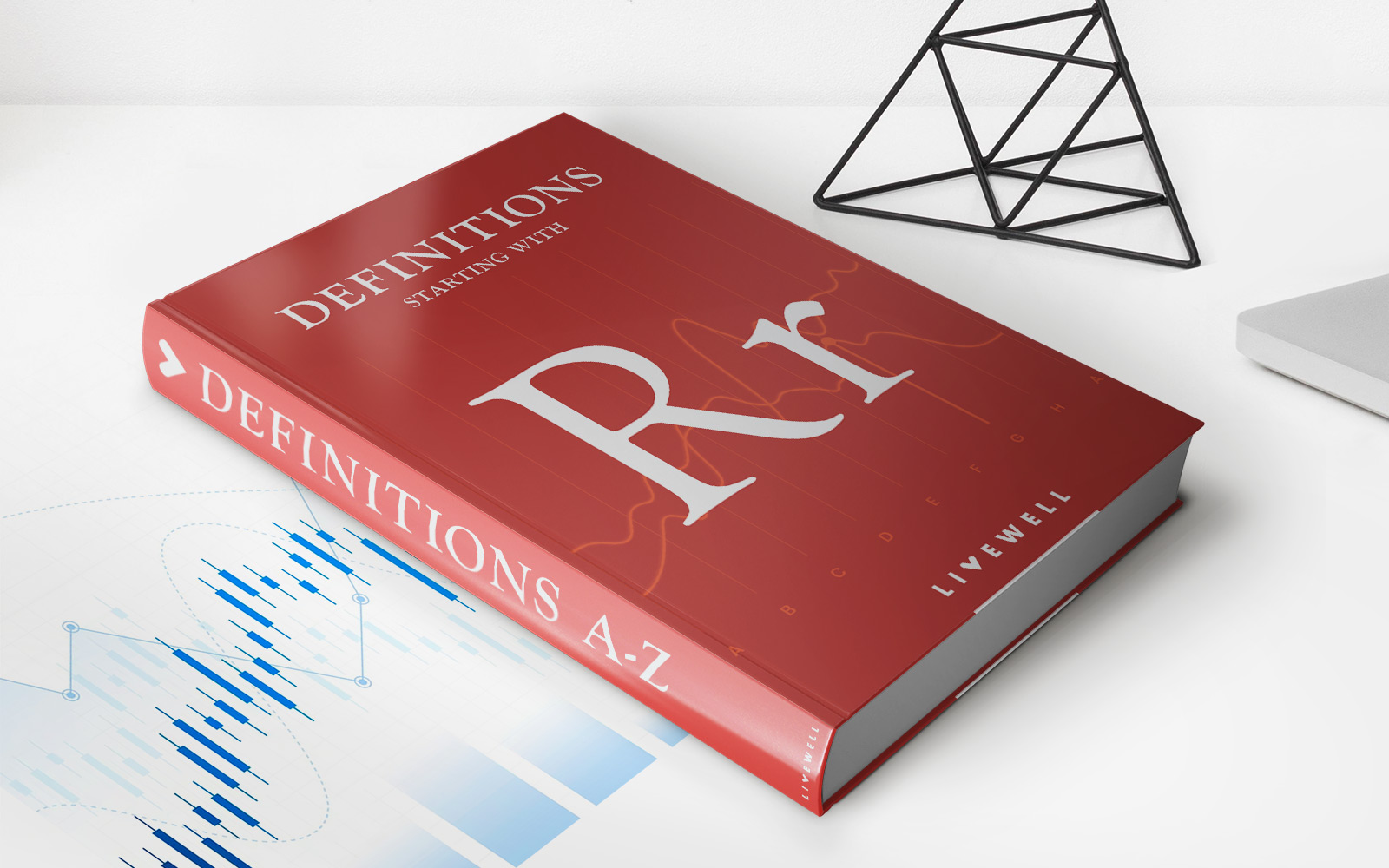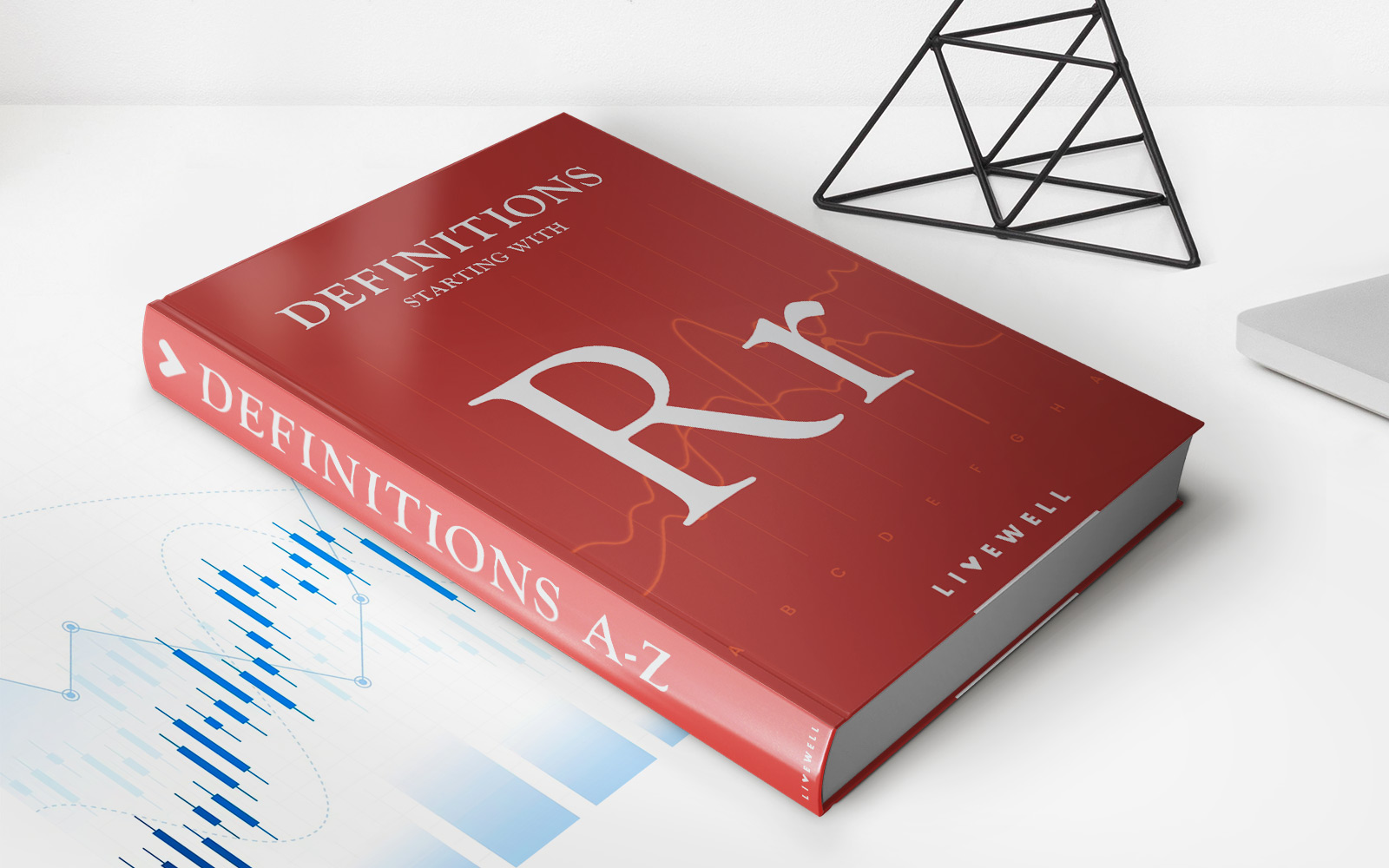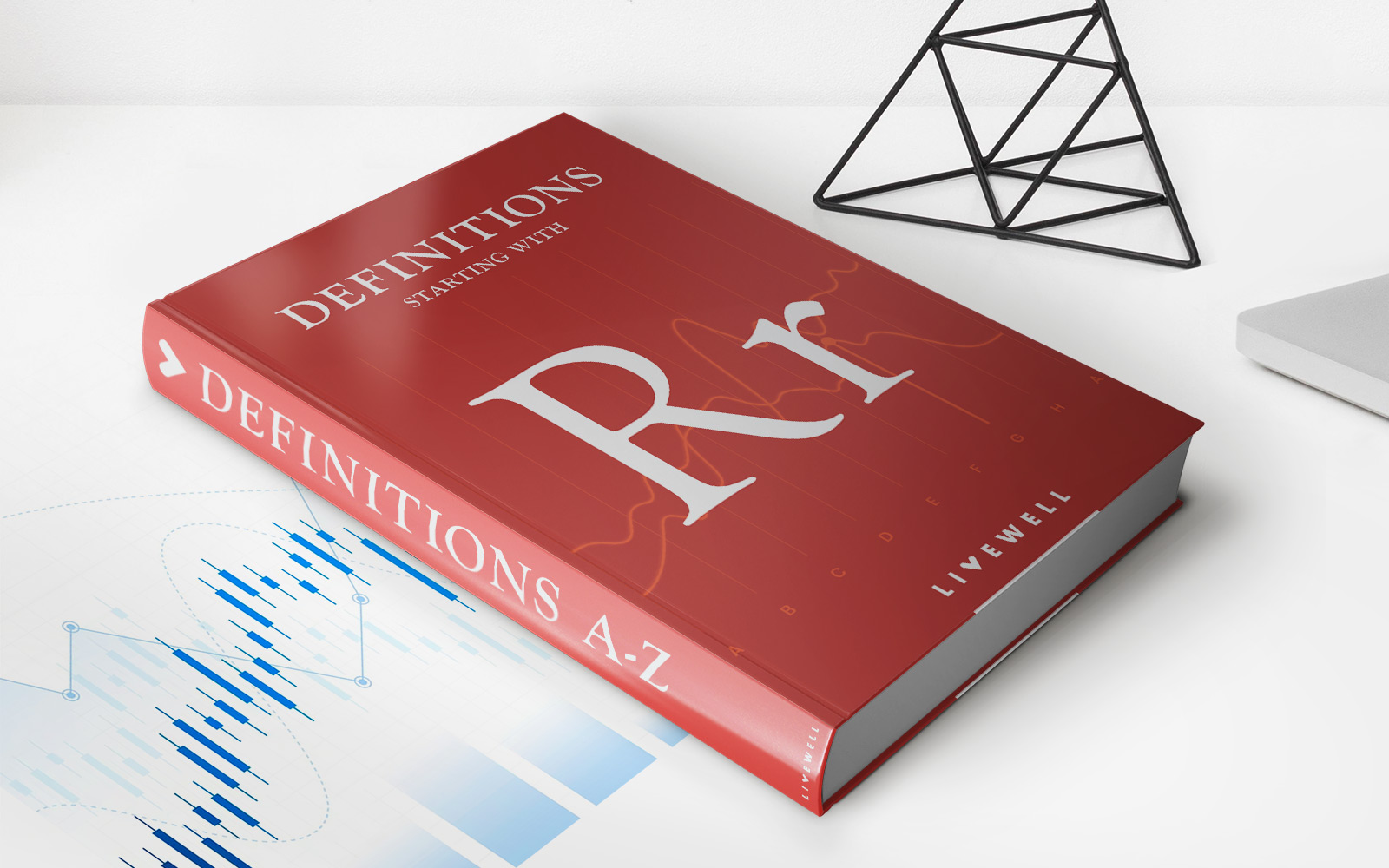

Finance
Real Bills Doctrine Definition
Published: January 16, 2024
Learn the definition of Real Bills Doctrine in finance. Understand the principles behind this important concept in just a few sentences.
(Many of the links in this article redirect to a specific reviewed product. Your purchase of these products through affiliate links helps to generate commission for LiveWell, at no extra cost. Learn more)
Understanding the Real Bills Doctrine in Finance
Welcome to another exciting post in our “FINANCE” category. Today, we will delve into the fascinating topic of the Real Bills Doctrine. Have you ever wondered what this concept entails and how it affects the financial world? Well, you’ve come to the right place as we explore the definition and significance of the Real Bills Doctrine.
Key Takeaways:
- The Real Bills Doctrine is an economic theory that suggests that the extension of credit against short-term, self-liquidating commercial bills is not inflationary.
- It emphasizes that only bills representing the sale of real goods and services should be eligible for credit creation, ensuring a sound financial system.
Now, let’s delve deeper into understanding the Real Bills Doctrine and its implications on the world of finance.
The Real Bills Doctrine is an economic theory that originated in the early 19th century and still holds relevance today. This doctrine suggests that the extension of credit against short-term, self-liquidating commercial bills is not inflationary. In simpler terms, it implies that providing credit against bills representing the sale of real goods and services does not contribute to inflation, as the bills are expected to be promptly paid off.
But, how does this doctrine work, and what does it mean for the financial system?
The Real Bills Doctrine functions on the premise that by only allowing credit creation against bills representing the sale of actual goods and services, a sound financial system can be maintained. This doctrine ensures that credit is granted based on productive economic activity and not speculative transactions. By focusing on self-liquidating bills, which are bills that will be quickly paid off from the sale of the underlying goods, the doctrine aims to prevent excessive credit creation that could lead to inflation and financial instability.
Furthermore, the Real Bills Doctrine promotes the idea that credit should only be extended against bills that meet certain criteria. To be considered eligible, bills must have a short-term maturity, typically under 90 days, and represent genuine commercial transactions. The bills must be based on real economic transactions, such as the purchase and sale of goods, rather than financial speculation.
In practice, the Real Bills Doctrine can influence central banking policies and lending practices. It suggests that banks should only create credit against genuine commercial bills, rather than purely financial instruments. This approach encourages responsible lending and helps maintain the stability of the financial system.
To summarize, the Real Bills Doctrine is an economic theory that emphasizes the importance of extending credit only against self-liquidating, short-term commercial bills based on real economic transactions. By adhering to this doctrine, the financial system can maintain stability and prevent excessive credit creation that could lead to inflation or financial crises.
We hope this post has shed some light on the Real Bills Doctrine and its significance in the world of finance. Stay tuned for more enriching content from our “FINANCE” category!














